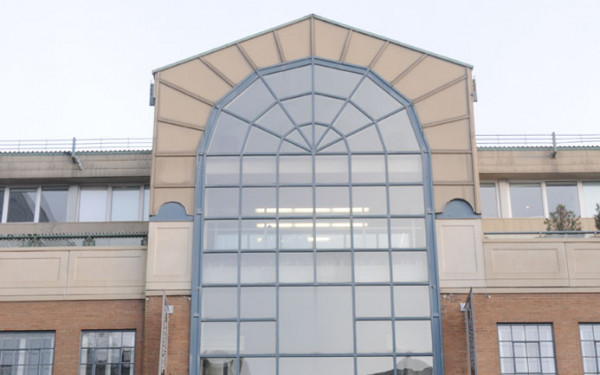Editorial
Space Race
As the weather gets colder, the topic of student space seems to be heating up.
While the Concordia Student Union has been debating the future of a student centre, the school bypassed them and paid $4.5 million for the fifth and sixth floors of the most recent rejected student centre site, the Faubourg.
Concordia may be eligible for government grant money to help pay for it, though. There are funds available from the Ministry of Higher Education, Research, Science and Technology if the space is used for academic purposes.
Which is precisely what they plan to do. The school says they will use the floors partially for extended study space, which is interesting, considering this is the same building students have repeatedly said “no” to when suggested as the next student union building—study space touted as one of its advantages.
It seems like buying the old building up in pieces is a way to get around the noise surrounding a large-scale decision, however.
Students aren’t exactly excited about spending more time in the Faubourg. Seeing the letters ‘FG’ on a course schedule is more likely to be met with groans, when students realize for three months they’ll be spending a few hours a week in the belly of a gutted ghost mall.
Yet government grants and a culture demanding consistent expansion encourages universities to buy up real estate, even if it’s real estate lined with asbestos and crawling with cockroaches.
Last week, the Université de Montréal came under fire after plans to vastly expand its campus had to be massively scaled back—potentially leaving the university with almost 650,000 square feet of unused space in Outremont, as reported by The Gazette.
This same push for growth led the Université du Québec à Montréal to the brink of bankruptcy with their disastrous Îlot Voyageur development project in 2007. The Ministry of Education promised to monitor university real estate purchases more closely following the incident.
But, according to The Gazette, the city has already pledged $175 million to help with the costs associated with the UdeM catastrophe, not unlike the $200 million of provincial bailout money UQAM relied on five years ago.
So for universities, the message is clear: buy now; if things don’t work out, the taxpayers will bail you out! Perpetual expansion makes a school look like it’s on the up-and-up, especially for prospective students unaware of what a nightmare the Faubourg is.
Although the paltry (by comparison) $4.5 million Concordia is spending on the Faubourg space might not seem like much, it’s simply the widening of another hole to leak money out of. Buying up more space in a decrepit, unsanitary building just seems counter-intuitive.
Universities like Concordia need to learn from the financial mistakes of other schools without having to make them too.
Sound planning on where to expand can help us avoid conflict, embarrassment and a funding drain/taxpayer burden in the future. More student space doesn’t come from rapid-fire development, but with efficient use of what we have going forward.
As the student union looks to pay for student space surveys, Concordia should take notice of the results. Based on what we learned form last year’s survey, students really need small, localized space more than ever—the kind of space we already have.
Existing buildings, particularly on the Loyola campus, need to be re-imagined before we sink more money into yet another space that won’t be used properly.
Scheduling classes so that each room gets use throughout the week isn’t as glamorous as taking over an entire section of the city—cough, the lofty, looks-good-on-paper Quartier Concordia—but it’s sensible and low-cost. Students who spend their time at Loyola know how empty half those halls and classrooms are.
Large multi-space rooms, designed to accommodate as many students as possible, are more conducive to the study and meeting spaces we need.
But so long as dozens of classrooms and labs spend large parts of the day unused, Concordia doesn’t need another building to waste.
We shouldn’t be measuring our greatness in square footage, even if that’s common practice for universities these days.

ED1(WEB)_900_587_90.jpg)



_600_375_90_s_c1.jpg)